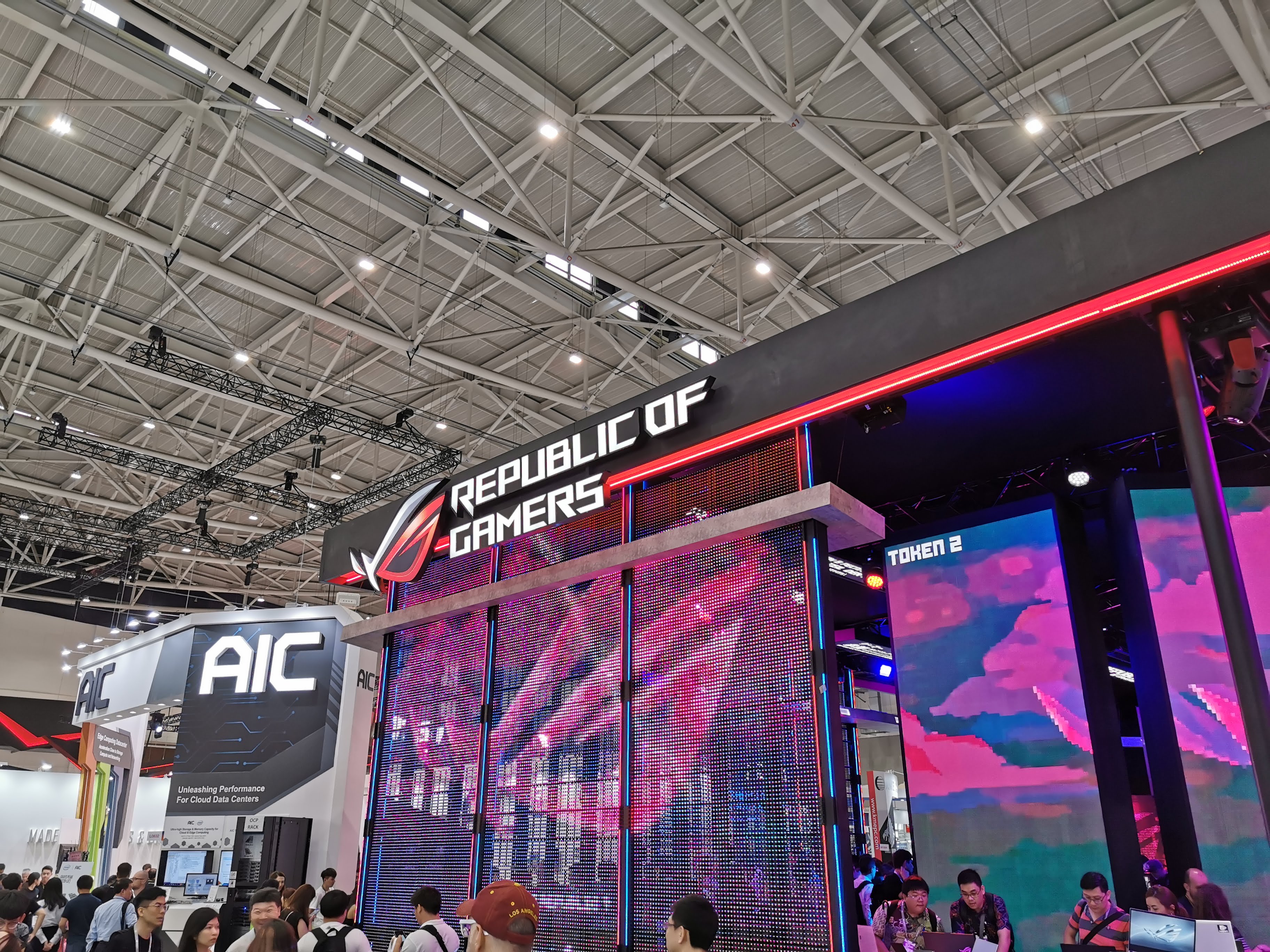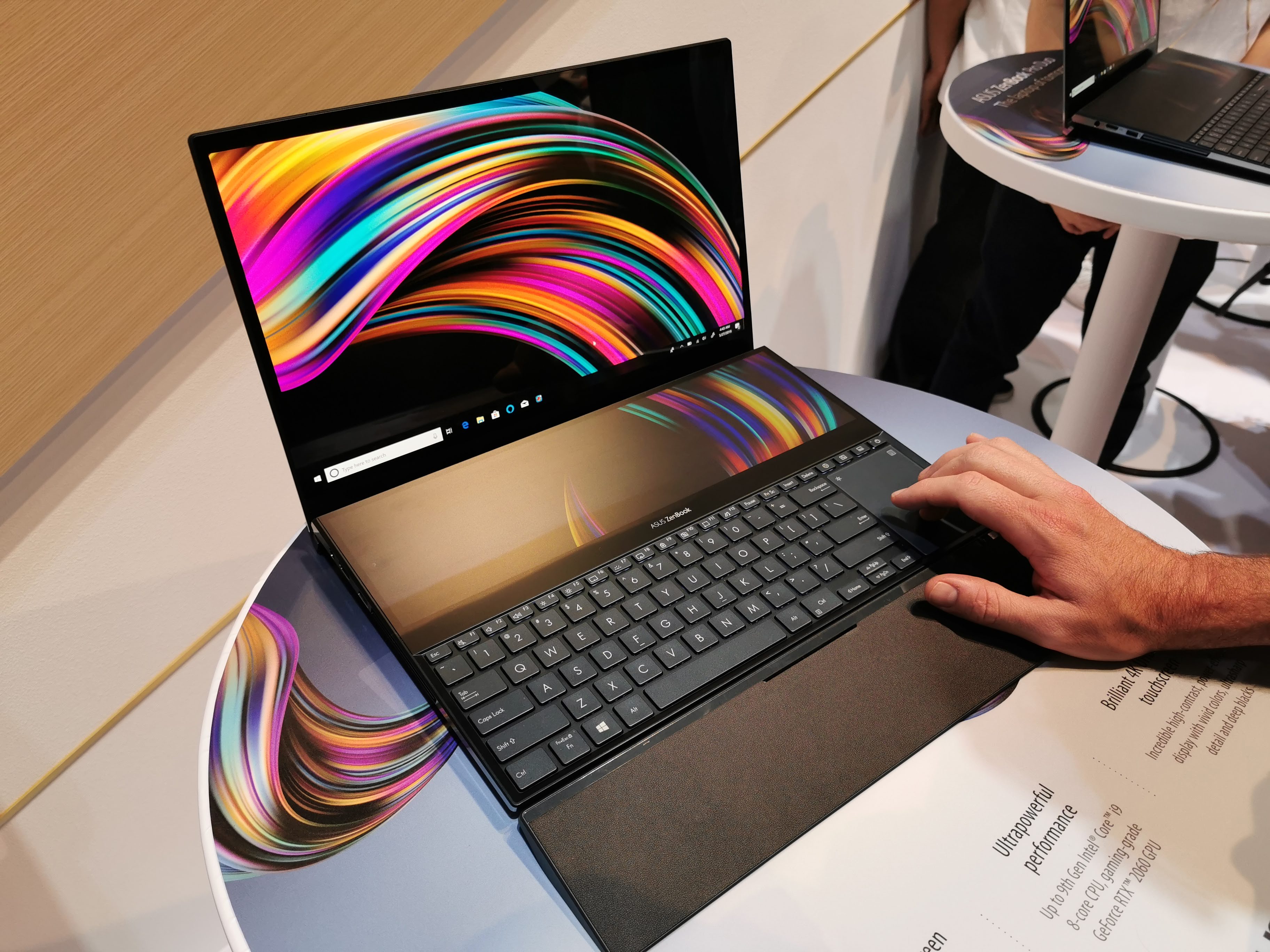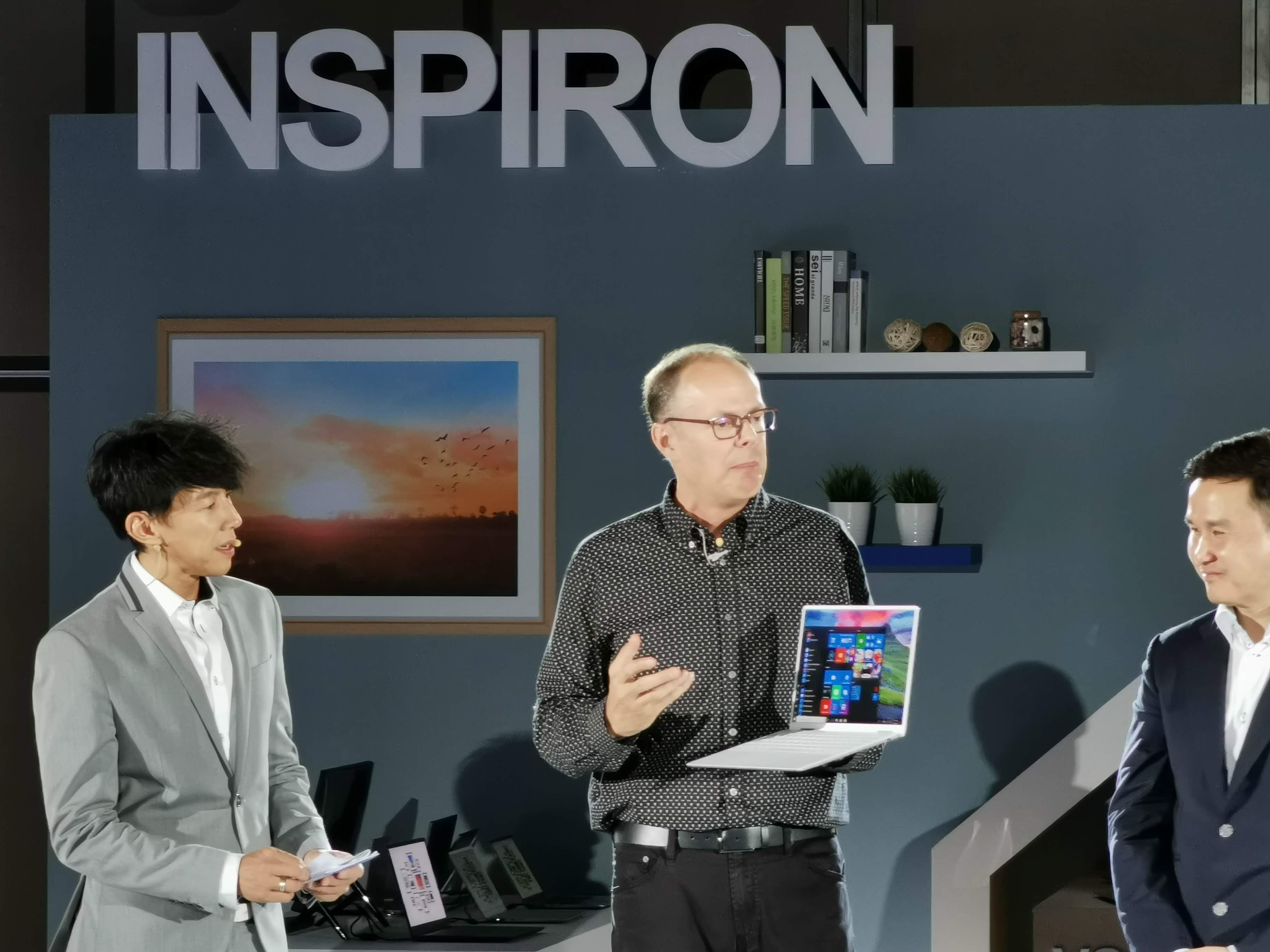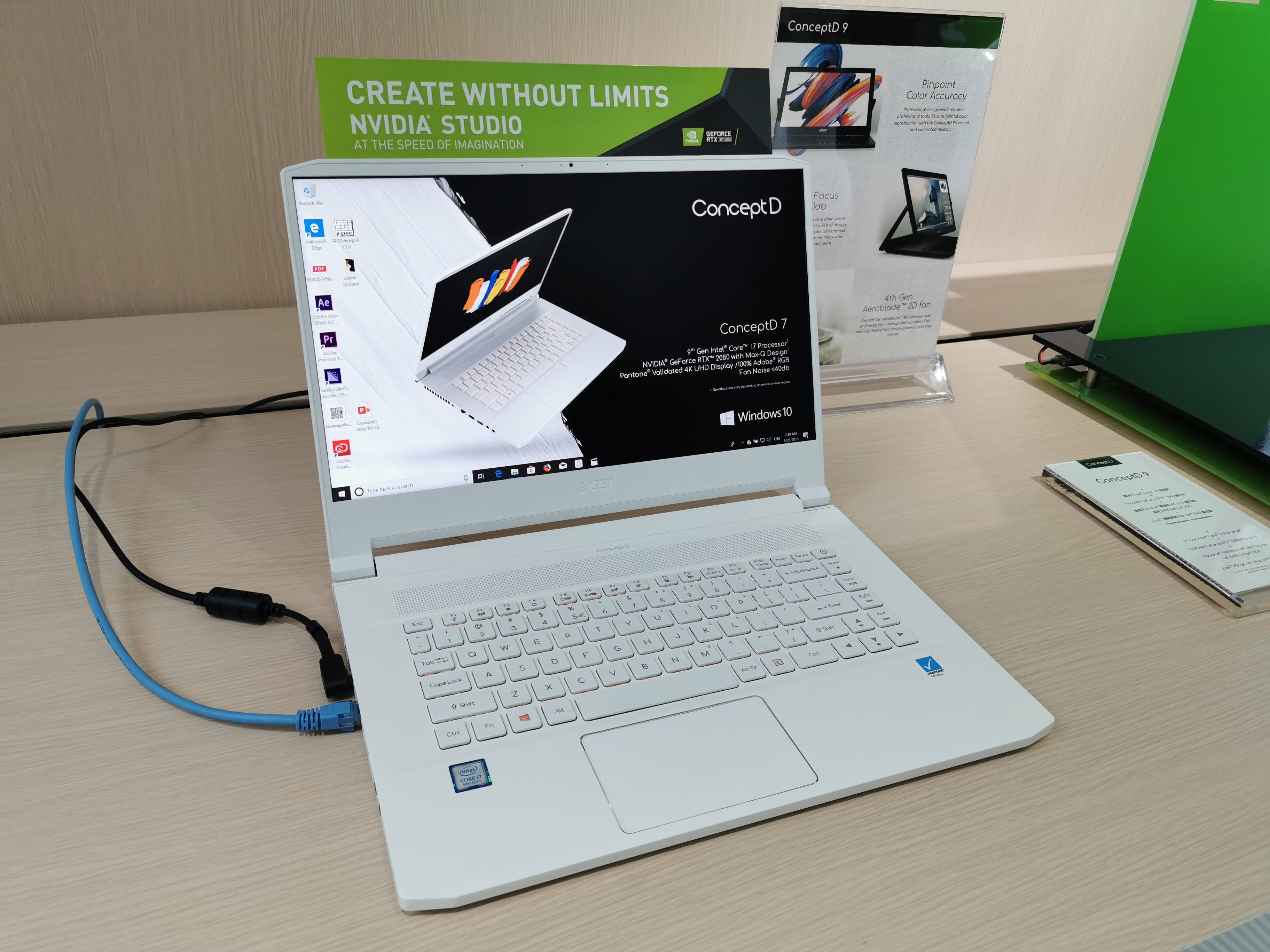This week, Duncan and I attended Computex 2019 in Taipei. It was Ausdroid’s second time at the show – after Phil went in 2017 – but even after just a couple of days in Taiwan, it was apparent that Computex isn’t the kind of tradeshow that we’ve perhaps become accustomed to.
I remember reading about Computex when I was a teenager in the mid 90’s. I remember reading about the new chips, the new tech developments and what it would mean for the PC user … the world was a bigger place then, and even though we had the Internet, news travelled slower, and developments slower still. Things announced at Computex took a while to reach the local computer store, and a while more before you could afford them.
In short, it felt a bit wonderful. It had something for the everyman. Other shows today – like MWC, CES and IFA – still have this; while the pinnacle of modern technology is what grabs the headlines, everything else is on show too. Some of the most exciting announcements from MWC are the budget and mid-range devices that everyone can benefit from, for example.
Fast forward to 2019, and Computex is a different thing entirely. It’s probably because the humble PC is a commodity item in 2019; even for a couple of hundred dollars you can buy a fairly powerful computer that’ll meet your daily needs. You can spend more, and many do, but the technology – as a whole – isn’t new. Being able to run a web browser and a productivity suite is nothing new, challenging or even exciting.
This takes out a huge segment of the computing market, and it also puts Computex at the pointy end. It’s all about high-performance computing and gaming – the average PC user really doesn’t gain anything from Computex in 2019.

Sure, there’s some announcements around the periphery – some very good ones, perhaps – but the show itself feels dominated by gaming, from accessories, to case modifications, to full on gaming rigs and the hardware that goes inside.
Some of the largest booths on the show floor were reserved for ASUS’ Republic of Gamers and Acer’s Predator brands, as well as other brands established in this segment – Thermaltake cases had a huge display, as did MSI.
For general computing news, there was noticeably less.
ASUS had a press conference on Monday night, where it announced a whole swathe of new gear aimed at creators (as well as gamers), and that was another theme of the show. Not just PCs for gamers, but gear for streamers and creators – those who make their own content and share it with the world.

ASUS had multi-touch secondary displays and powerful computers designed to wow, including a dual-screen laptop which put the second display on the keyboard. This thing felt super cool, and while there was no Australian pricing, we’re bracing for a big price tag.
Will it be justified? That’s for others to judge.

Dell’s product showcase focused a little on gaming – with its Alienware brand – but most of its Computex announcements were focused on business and content creation, with powerful laptops designed to drive this focus.
The highlight for me there was the new Dell XPS 13 2-in-1 range. I’ve owned a previous model and loved it’s power and simplicity, and the new designs are thinner and more powerful still. The biggest attraction was undoubtedly the inclusion of Intel’s brand new (i.e. announced the day prior) 10th gen Core series processors, which will make these true powerhouses.
Acer’s focus was as much about gaming – with its Predator showcase and the awesome new Helios 700 Gaming PC (well, laptop, but it’s basically a PC) and Gaming Throne – as it was about content creation, which the Concept D range had as its dominant focus.

Some of these were beyond what I’d call extreme, building in Intel’s Core i9 processors which are about the most powerful processors around before you make the jump to server-grade Xeon processors.
The Helios 700 used this chip too – and has two massive air intakes to keep the damned thing cool – but the Concept D range was much more restrained in design, while remaining superbly powerful for video and multimedia content creation.
 Probably the only thing that caught me about the Concept D 7’s design – my favourite of the laptops announced recently by Acer – was the thick bezel at the bottom of the display. However, with the design of the base accommodating speakers and air intakes, there’s only so much screen you can use before you start ending up with a weird aspect ratio.
Probably the only thing that caught me about the Concept D 7’s design – my favourite of the laptops announced recently by Acer – was the thick bezel at the bottom of the display. However, with the design of the base accommodating speakers and air intakes, there’s only so much screen you can use before you start ending up with a weird aspect ratio.
Overall, Computex is a show that will appeal to those who are into their hardcore gaming. If you’re there from a more general tech perspective – as Ausdroid was – then perhaps it’s not quite the right fit.
Taiwan – and its capital Taipei – are amazing places to visit. Compared to some conference towns which can be outright hostile to visitors, Taipei is a beautiful, clean city, easy to navigate by very affordable public transport, where most things – food, travel, sightseeing and entertainment – are very cheap.
Equally, Taipei feels like a very safe city. There aren’t too many places where you’ll see people walking around with phones in back pockets in crowded environments. Contrast with Barcelona, where pickpocketing is rife, and Taipei is a wonderful city for a conference – it doesn’t hurt that it’s only a nine hour flight from Sydney.
The other great thing about Computex is that it’s essentially open to the public. While some pre-show events are limited to press and limited invitees, the show itself is broadly open to the public for a $10 AUD ticket price, and if you want to get hands-on with the latest in technology, this is a great way to do so months before it comes to market.





AMD is somehow missing from this piece. Zen 2 and Navi have been headline acts at this year’s event.
They’re missing because – at the show, at least – there wasn’t much buzz about it. Even Intel’s 10th gen chips barely got a mention. We’re focusing more on the systems – which are of broader interest to us – than component news, but if you want to write us a little bit about what the new announcements from AMD mean, I’ll gladly include it in the story!